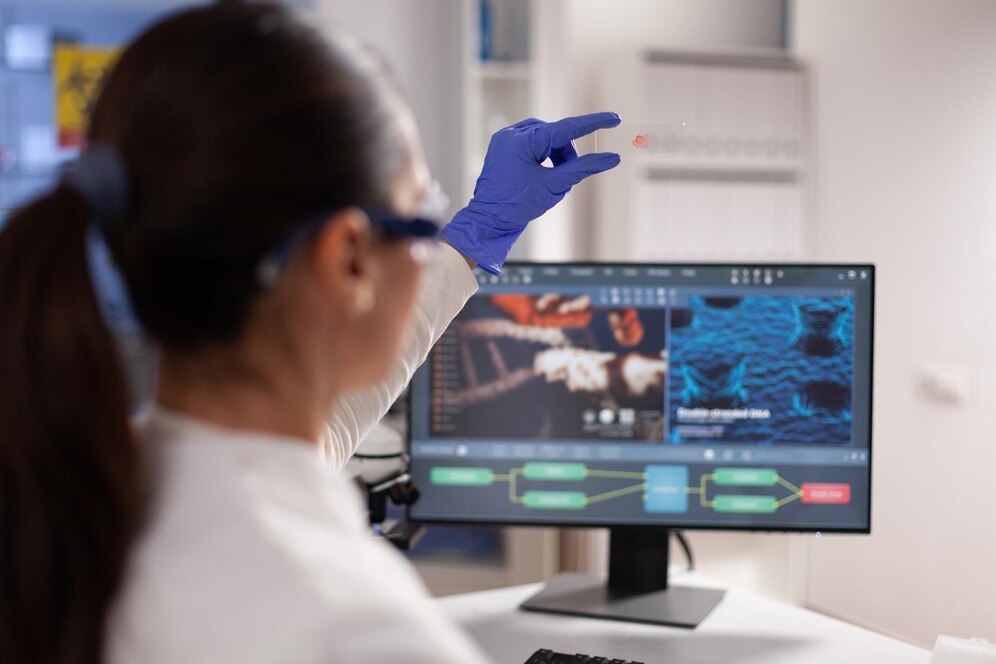MEMS CMOS Integration for Disease Detection using a Multi-Sensor Sub-System
Problem Statement/Challenges:
Early detection of chronic and infectious diseases is an open problem for humanity. The search for non-invasive techniques is the need of the hour. CMOS-compatible solutions are the future for finding a cost-effective home device. MEMs (Micro-electro-mechanical systems)-CMOS integrated systems have been conceptualised. Functionalised nanomaterials have been used to detect organic compounds from the breath, which hold the secret of the complex biochemical phenomenon inside the body. Now, these sensors are MEMs sensors and offer very feeble signals. To enhance the signal and reduce the signal-to-noise (SnR) ratio, a CMOS-integrated platform has been developed, which is portable, low-power, and compact.
High-Level Solution:
The MEMS-CMOS Integration technique was created to overcome these obstacles, creating a multi-sensor, single-chip subsystem that can identify biomarkers in real time.
- System on Chip (SoC) has been designed, where MEMs structure has been integrated with the ASIC.
- Nanomaterials have been fabricated for the selective and effective detection of biomarkers.
- Through-silicon-via (TSV) technology has been used to connect the MEMs structure to the ASIC.
Design Quality:
A novel architecture has been developed to connect the multi-sensor subsystem (MSS) to the analogue front end. The critical functionality of the integrated system consists of-
- Precise and reliable sensors: Functionalized nanomaterials enhance the specificity and sensitivity.
- Stability: The MSS is reliable under room temperature (-10 to 400C) and can withstand harsh climatic conditions
- Future Integration: The system is scalable to accommodate future sensor integration.
Analog Front-End:
The system has an Analog Front-End (AFE) that takes the following actions to handle weak signals from the sensors:
- Multi-sensor subsystem (MSS): Generate analogue data from different sensors.
- Analog Multiplexing: MSS signals in multichannel mode are multiplexed into a single channel.
- Low Noise Amplifier: Reducing noise while amplifying the signal, keeping a low SnR
- Low Pass Filter: Eliminates High-frequency noise.
- Programmable Gain Amplifier (PGA): Modifies the intensity of the signal to guarantee correct processing
- ADC: The processed data is fed onto the ADC for further processing.
Conclusion: A prototype has been developed to detect the organic compounds in human breadth and correlate the compounds’ concentration to various diseases. The system comprises a robust MSS integrated with AFE and an ADC. The data from the ADC can be fed to a microprocessor, which ultimately processes the data. The prototype provides a robust solution to the non-invasive, home test device for early-stage disease detection using MEMs-CMOS integration.

